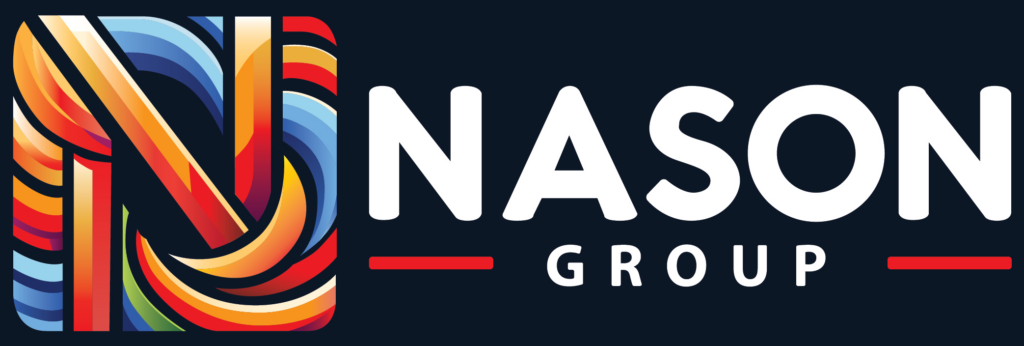Finding a Way Forward, Together: Future-Focused Inclusion
When it comes to diversity in the workplace, the real work is only beginning, and the only way forward is together. To do so, we need to consider an area where the workforce is already diverse: age.
Virtually every workplace includes people from multiple generations, but the generational mix is changing—and quickly. Within a decade, Millennials and Generation Zers will comprise nearly three-quarters of the US workforce. Already, Millennials have dethroned Baby Boomers as the largest adult generation.
This sea change disrupts workplace dynamics and gives people who are younger and more tech-savvy greater influence. Understanding this shift can help you recruit and retain younger talent, but it also forces a reflection on how more seasoned talent can feel sidelined or threatened by the rapidly changing workforce.
What Is Generation Z?
Gen Zers—those born between 1995 and the mid-2000s—are already entering the workforce; they comprise 6.4% of the global workforce population now and should rise to 20.7% by the year 2025. So who are they? And how do they look at the workplace?
This generation views a career as only part of an overall lifestyle they desire. They prefer flexibility and work-life balance, but they will devote more hours to an organization whose purpose they believe in and that reflects their values, including eco-consciousness, diversity, and fair labor practices.
Gen Zers are willing to pay more for eco-friendly products. They look for companies that demonstrate a commitment towards sustainability, such as going paperless and having recycling facilities in the workplace.
They are passionate about diversity, and this core value affects everything from the brands they support to the video games they play to the movies they watch. They seek diversity in many facets and wish to bring their individual experiences, identities, ideas, and opinions into the workplace
They also value cognitive diversity. Marta Steele, a workplace expert at People Results, says in this Deloitte report, “Diversity and inclusion are more than age, religion, gender, race, physical ability. It’s also about how different points of view are accepted and valued.
Real relationships with their teammates and supervisors are a priority. Over 65% of Gen Zers needs frequent feedback from their supervisor over the week’s course to stay at their job. Of these, 40% want interaction with their boss daily or several times a day.
This new generation of workers, along with their Millennial counterparts, are driving changes in physical office dynamics. They prefer open office designs with natural lighting or working remotely or in coworking spaces with friends rather than colleagues. Even before the pandemic, their tech-oriented mindset leaned toward video calls, instant messaging, and email over phone calls and “face time.”
Changing Workplace Dynamics
These dynamics, which have accelerated with the pandemic, will lead to huge shifts in how we work, who we work with, and where we work. But they are happening quickly, in some cases too quickly for older and/or traditionally aligned members of the workforce.
True inclusion means not leaving behind workers who have spent their careers working in cubicle silos or corner offices, dressing in business attire, and expecting 8-to-5 face time—but not relational conversation with their teammates. It means giving majority-race, cisgender males the time to mentor others, the safety to ask honest questions, and the motivation to step up.
Moving forward together means considering everyone on the journey, their authentic fears about diversity and inclusion efforts, their reservations to engage, and their perceptions of how it could benefit them and the company.
Together, we will create a place for everyone to belong. And that’s how we will change the workplace and the world.
